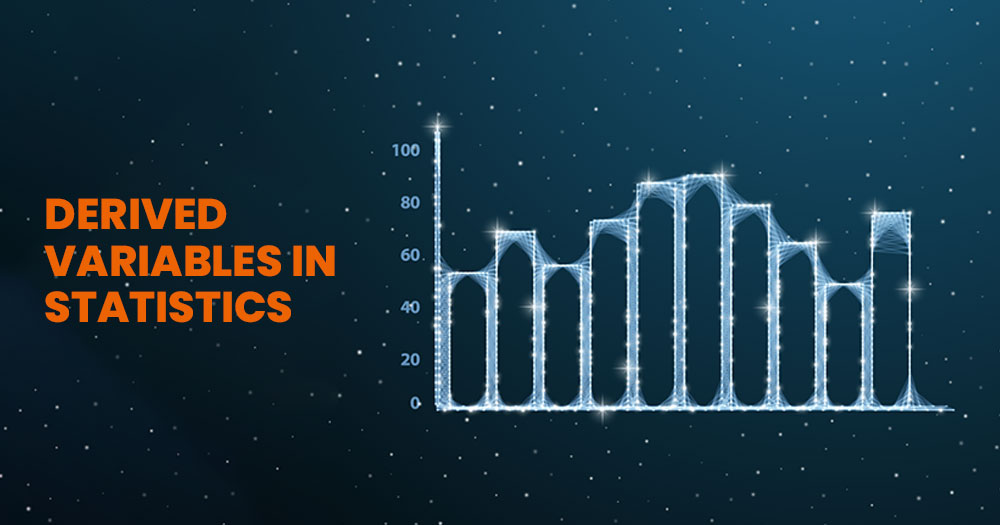Overview
Variables can be created in many ways. One way is to create Other Derived Variables. This means that you can create new variables using existing variables. We’ve discussed Encoding and Binning as ways to create new variables. Also, we have seen how Feature Transformation can lead to the creation of new features. There are other ways to create new variables, which will be discussed in this blog post.
Feature Crosses
This is a method for creating features. A new categorical variable can be created using two existing variables. Two categorical variables are combined to create feature crosses. We use the cross-products of these two variables. It is up to the business problem to decide which categorical variables to combine. Combinations can be very useful because Other Derived Variables may not make sense as a whole. Still, when they are combined with another categorical variable, there are many options that can be used to make better inferences. These cross-products can also be useful for linear classifiers that cannot model interactions between features.
For example, we have a dataset with many independent variables and a dependent variable, income. We have both age and academic qualifications as independent variables.

As discussed in the blog post Binding, we can convert the age variable, which is Numeric, into a categorical value by binning.

After we have transformed the numerical Other Derived Variables into a categorical variable, we can use feature cross to combine age with Qualification. This will allow us to predict the income.

We will use it as an example.

This allows us to, for instance, determine the average income of each group, which gives us more useful and better insights into the data.
This is a great example of how a high-skilled individual can earn a high income.

Cross products are a great way to save time and money.
Creating variables using different units of Measurement
A dataset containing all the numerical features is made up of weights for different fruits in Kilograms. However, certain fruits are weighed in grams. It can be difficult to visualize the variables and also make it more difficult to perform statistical analysis. As mentioned in an earlier blog post, Feature Scaling, there are many ways to transform features. However, we can also create a new feature by changing the unit of measurement of a feature. In this example, where the majority of the feature’s measurement is in kilograms, we can convert the feature into kilograms. This can then be used for further analysis.
Key Performance Indicators (KPI)
KPI is a type indicator that allows us to see how an organization performs on different grounds. KPI is a term that is commonly used in management. However, it requires us to create new variables from existing data. This can give us information that can be used to draw inferences about the current state of an organization. It can also help managers and other leaders understand the differences between their business objectives and current performance. KPI is when we have data that includes people’s income and outstanding debt. In order to determine eligibility for a loan, we might choose to lend to someone with a high income. However, we need to create certain KPIs. For example, we need to consider income and debt to calculate the maximum credit limit. These features transformation can be classified under KPI. Knowledge of different KPIs can be very useful.
We can use different methods to create new features out of pre-existing ones. This helps us provide more information, gives us better insight, and allows us to understand the data we’re working with. These construction methods can be used to model and provide better results.
You May Also Like to Read About : What is Feature Selection in Machine Learning?




